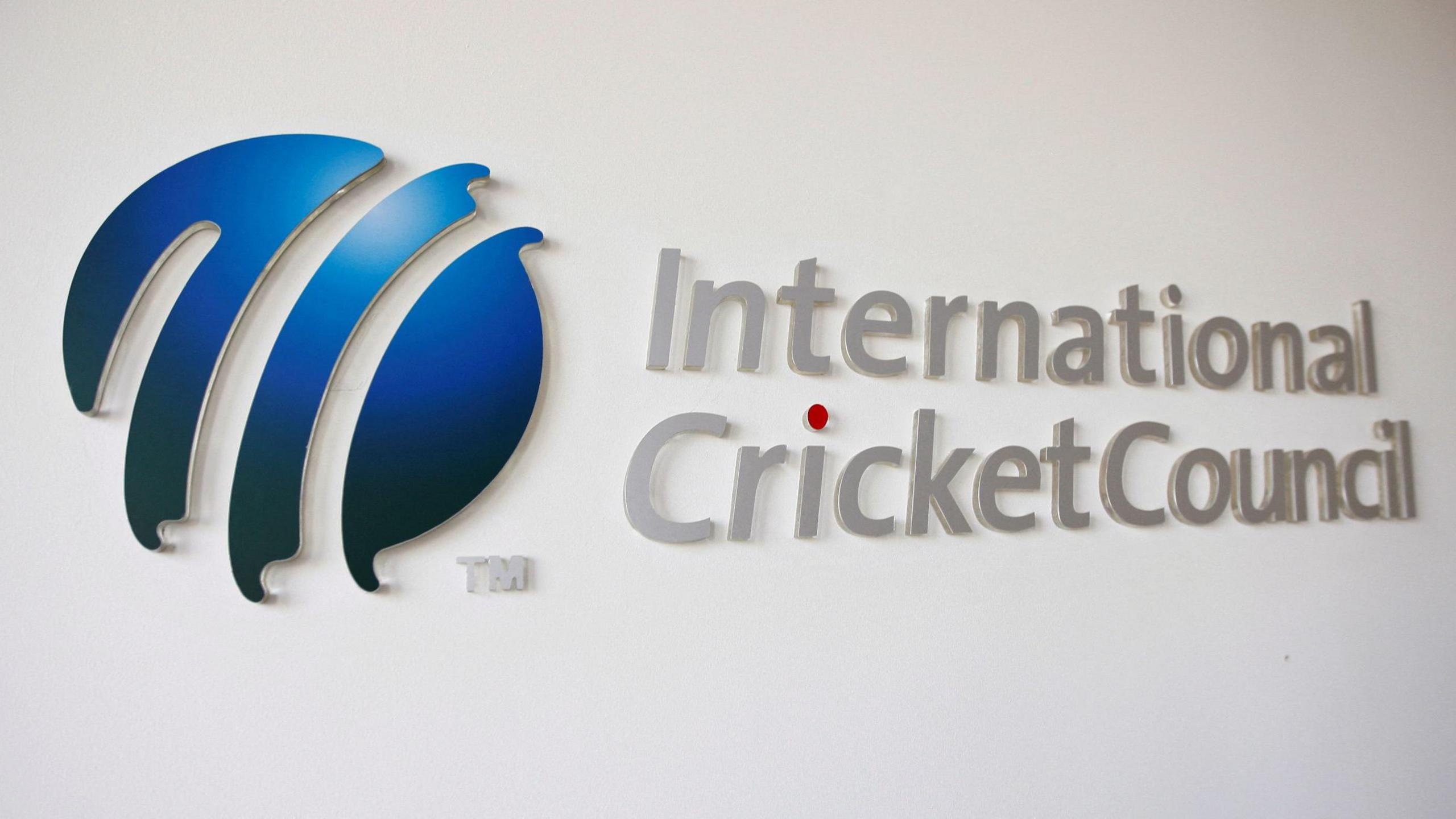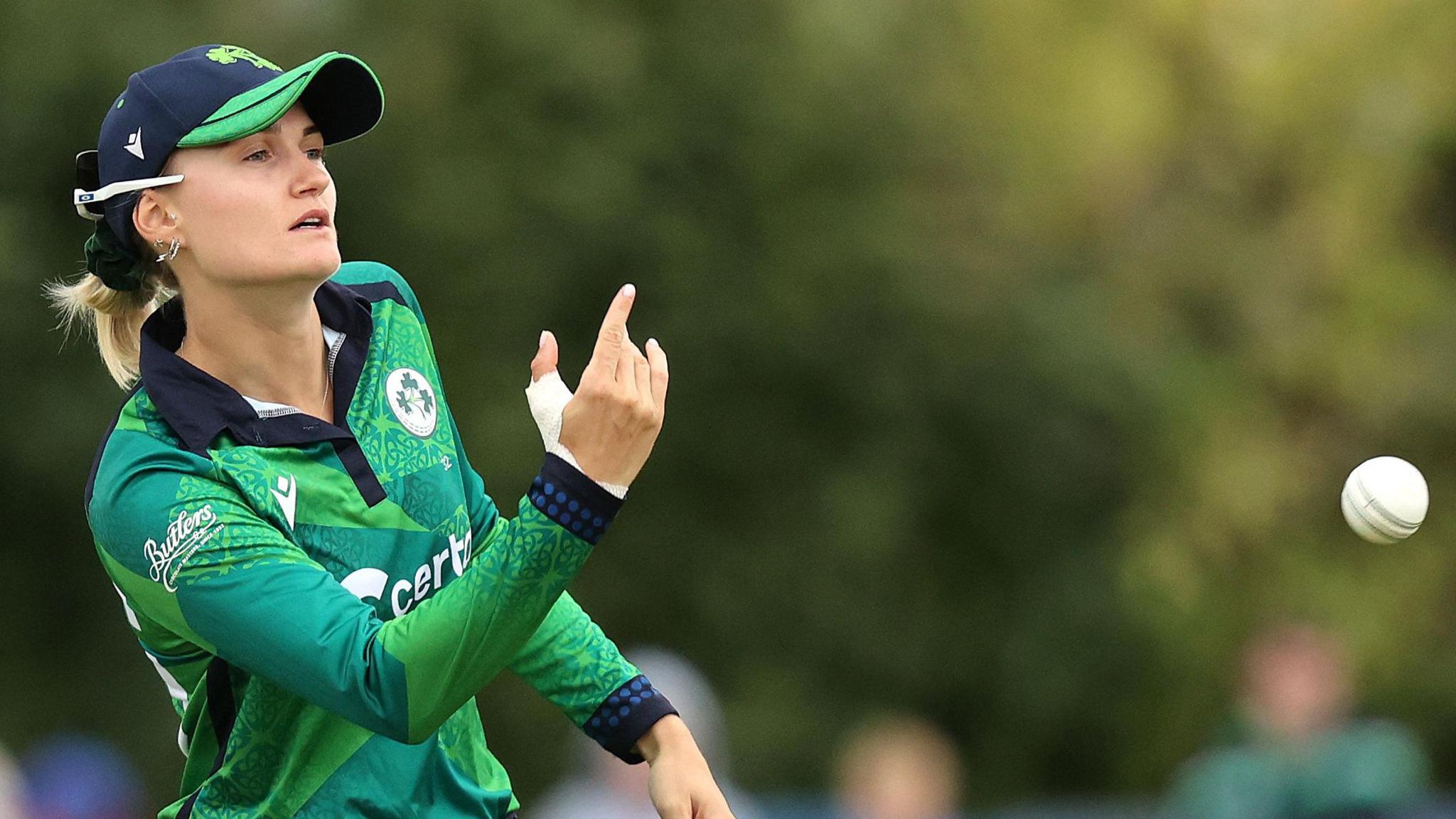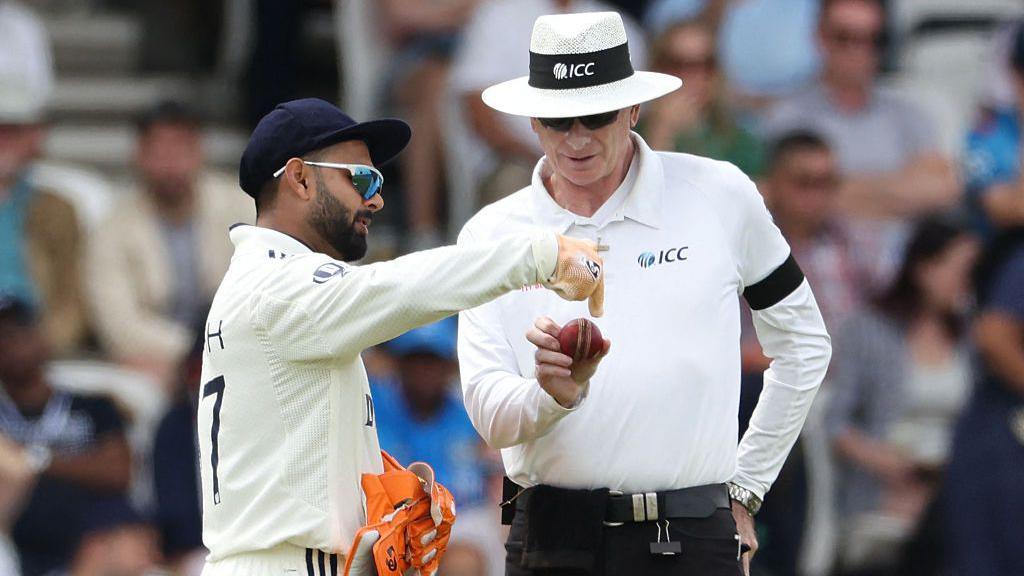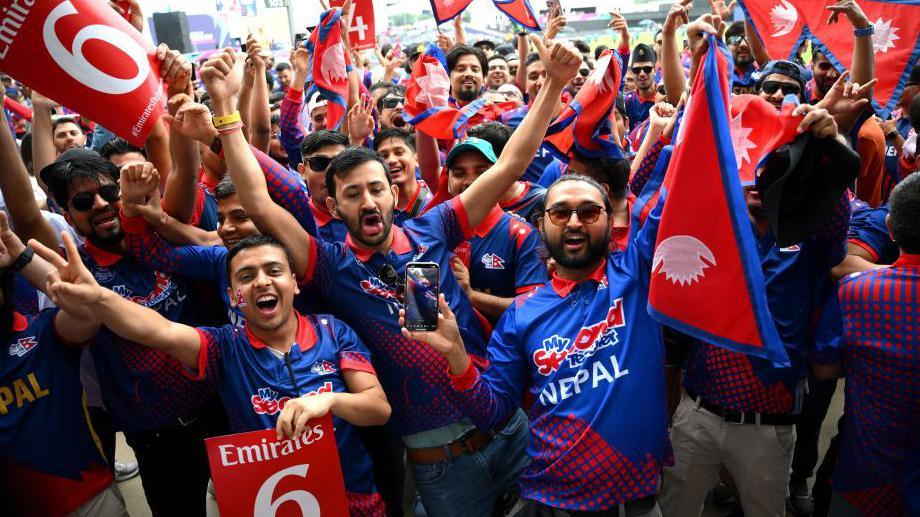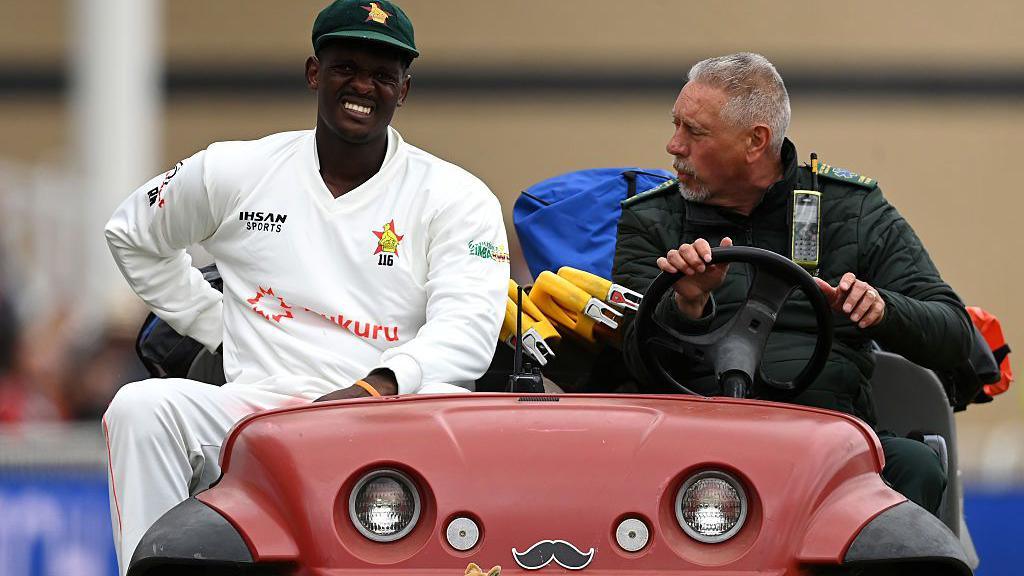Should Test Cricket Embrace Injury Replacements? A Comprehensive Analysis
Exploring the debate on introducing injury replacements in Test cricket, including expert opinions and historical context.
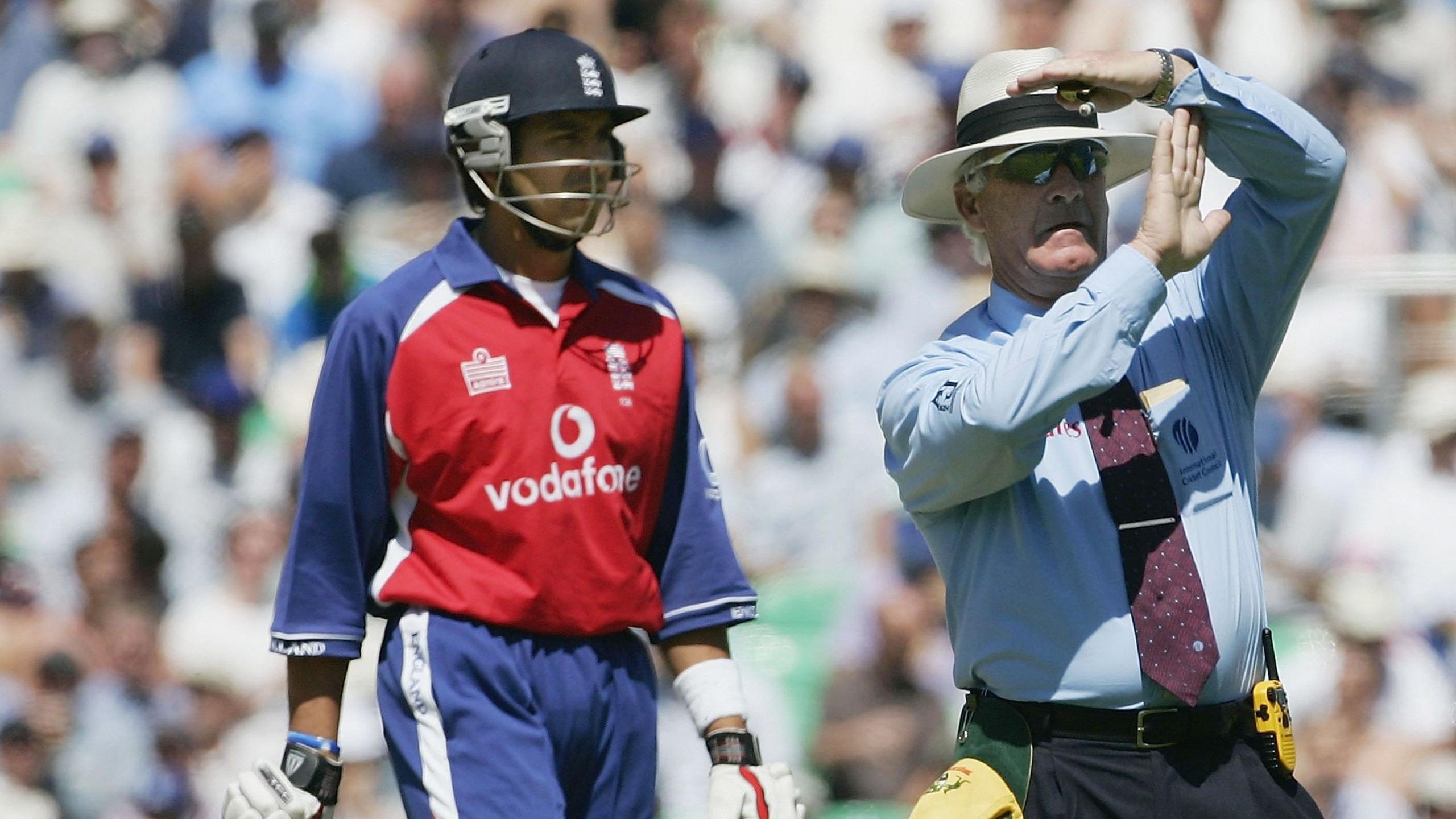
The Debate on Injury Replacements in Test Cricket
The recent injury of India's wicketkeeper Rishabh Pant during the fourth Test against England has reignited the debate on whether Test cricket should allow injury replacements. Pant was unable to continue after a blow to his foot, potentially leaving India to play with 10 men for the remainder of the match.
Current Rules and Exceptions
According to the International Cricket Council (ICC) playing conditions for Tests, full substitutes are not permitted. Teams can replace injured players in the field, but the substitute cannot bowl or act as captain. The exception is for players suffering from concussion, where replacements have been allowed since 2019.
Historical Impact of Injuries
Injuries have significantly impacted numerous matches. For instance, England played most of the first Test of the 2019 Ashes with 10 players after James Anderson's injury. Similarly, Australia's Nathan Lyon and Zimbabwe's Richard Ngarava have been sidelined due to injuries, affecting their teams' performances.
Expert Opinions
Michael Vaughan, former England captain, supports injury replacements in the first innings to maintain game integrity and entertainment value. Jonathan Agnew, BBC chief cricket commentator, acknowledges the difficulty in proving injuries but sees the merit in replacements. Vic Marks, former England off-spinner, suggests careful administration to prevent abuse of the system.
Potential Solutions
Some propose allowing a 12th player to be named before the toss, usable for both tactical reasons and injuries. This would add strategic depth and ensure teams are not left disadvantaged by injuries.
Conclusion
While the introduction of injury replacements in Test cricket could prevent one-sided contests, it requires a robust system to verify injuries and prevent abuse. The cricket community continues to debate the best approach to maintain the sport's integrity and fairness.














